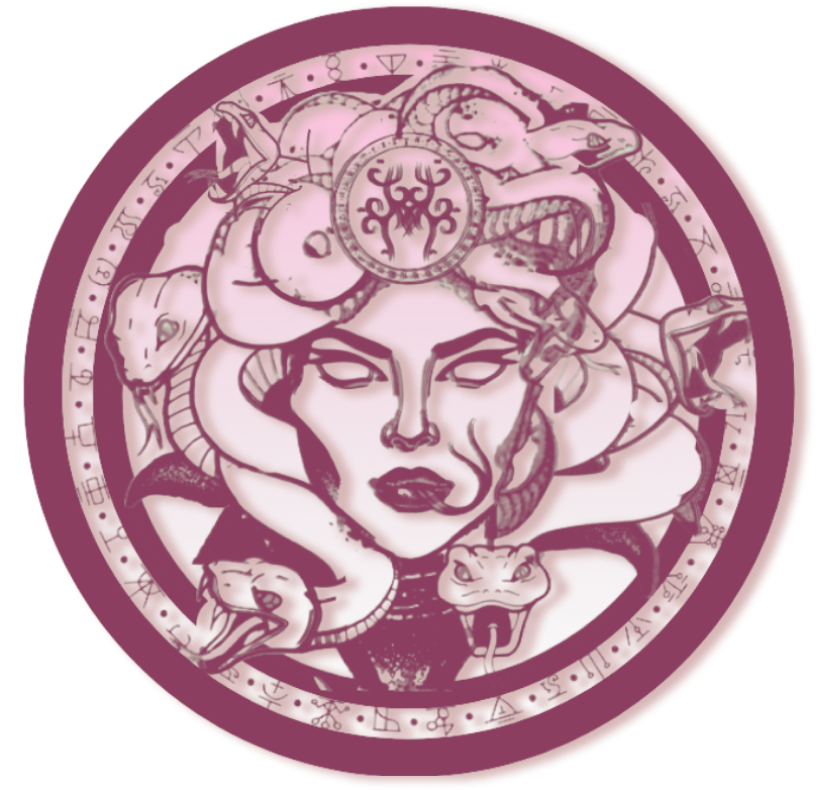#CubaDiaries: The Smoke and Mirrors Behind The Regulated State
Image via Pinterest
Don’t let the pictures fool you:
Cuba isn’t all flowers and fairytales.
The regulated climate of Havana
is not developing Cuba
in positive ways,
but rather
it’s causing the country
to collapse
nto disrepair.
lashback to the 1950s: Cuba was considered to be an International paradise.
It was a destination favored by American-Mobsters, the Spanish, and anyone who could whisk themselves off to utopia.
It was a scene—a scene for the emergence of icons, and western-world trends.
Fun Fact: Did you know that American car companies would release their newest cars in Cuba before they were released to the US market?
Compared to today’s climate, that feels like a parallel universe.
n the 1950s up until 1961-1962, words associated with Cuba on an international level were: beautiful, luxe, lush, paradise.
Then, the revolution happened, and international opinions of Cuba no longer sat so high—mainly because foreigners no longer felt the same sense of welcome.
Why? What exactly happened during the Cuban revolution?
A socio-political movement happened. It's dense, deep, disputed, and psychologically complex.
For the purposes of today's discussion, I’m going to boil it down to the important facts, and key take-aways you should know before visiting Cuba...
During the 1950s and early 1960s, Fulgencio Batista sat in power.
Batista held the title of President, and was originally elected by the people because of his support of the socialist party in Cuba.
However, during Batista's second term of presidency, his actions and political allies changed.
Instead of aligning his actions with the interests of the Cuban people,
Batista aligned his actions as a leader with
international mobsters and American corporations.
At this time, Cuba was experiencing high levels of unemployment,
and was suffering from weak infrastructures that limited key things,
like fresh water.
The Cuban people were suffering. American corporations were dominating the Cuban economy, taking up all of the Cuban market share—leaving minimal business for the local, small business owner.
Socialists, who were once supported by Batista, were outraged.
Batista and his party were exploiting the country’s success for their own personal gain, and a faction of the Cuban people felt that it was time to bring the power back into their own hands.
Notable figures like Fidel Castro, Raul Castro, Che Guevara, and Camilo Cienfuegos spearheaded what we now know as The Cuban Revolution.
They used warfare tactics to win back political power from Batista and his army, and these were three pillars of their political agenda:
Make the local economy thrive
Restore the country’s infrastructures
Boost the health of Cuba’s citizens (physical health, mental health, financial health, etc.)
The Cuban revolution was a socialist movement—which means that the government controls the welfare of the people and the economy through stiff regulation.
The government sets prices and wages, with the end goal of creating “monetary equality” amongst the people.
There is no free trade, no capitalist market, and no power to the local business owner.
During the revolution period, people wanted equality.
They wanted a better life, where they didn't have to fight to win business in their own economy.
How did that gain any popularity? Well, first of all the revolution’s ideologies probably looked better than what they were experiencing at the time, and second of all: it meant change.
When you're suffering, you are praying for change—of any kind.
It may have given people initial hope that things would get better in Cuba, but this is how it all went down for the innocent bystander:
Rhythm stripped from the streets,
violent war-like battles exploded within the city,
and fear filled the air as socialist ideas turned into communist practices.
Regulations ensued,
private businesses were seized,
and mass migrations out of the country began.
Can you imagine packing your things into two or three suitcases,
and having to leave the rest of it behind?
Your cars, your clothes, gifts from your grandmother, cards from your loved ones…
Can you imagine leaving with no secure future in place?
There was no internet at this time.
There was no job security for you across border lines.
There was only hope.
Hope that you were making the right choice,
and even more hope that the pieces of your life
would fall back together.
With this story in mind, let’s fast forward to the present day.
Do you remember what started the Cuban revolution?
The Cuban government’s alignment with American Corporations, and corrupt mobsters.
These parties stole the wealth of Cuban economy from the Cuban people—making big businesses bigger, and leaving the Cuban people starving for their basic needs to be met.
Will history repeat itself? Quite possibly.
According to the Wall Street Journal, many U.S. Corporations just solidified deals to begin business in Cuba.
Add in the exorbitant spending of foreign tourists, and you have a situation where hardworking Cuban people are being reminded on a daily basis of how little money they see for the goods and services they provide.
Smells like smoke to me.


